The Securities and Exchange Commission (SEC) and Ripple Labs End Legal Dispute
The Securities and Exchange Commission (SEC) and Ripple Labs have ended their yearslong legal fight over the XRP token. On August 8, 2025, both sides filed a joint motion to dismiss their appeals in the case. The U.S. Court of Appeals for the Second Circuit accepted the filing and confirmed that each party will cover its own legal fees.
The lawsuit began in December 2020 when the SEC accused Ripple of selling XRP as an unregistered security. The case has remained one of the most high-profile crypto lawsuits in the United States.
Ripple’s chief legal officer, Stuart Alderoty, confirmed the update on X, writing:
“Following the Commission’s vote today, the SEC and Ripple formally filed directly with the Second Circuit to dismiss their appeals.”
He added,
“The end… and now back to business.”
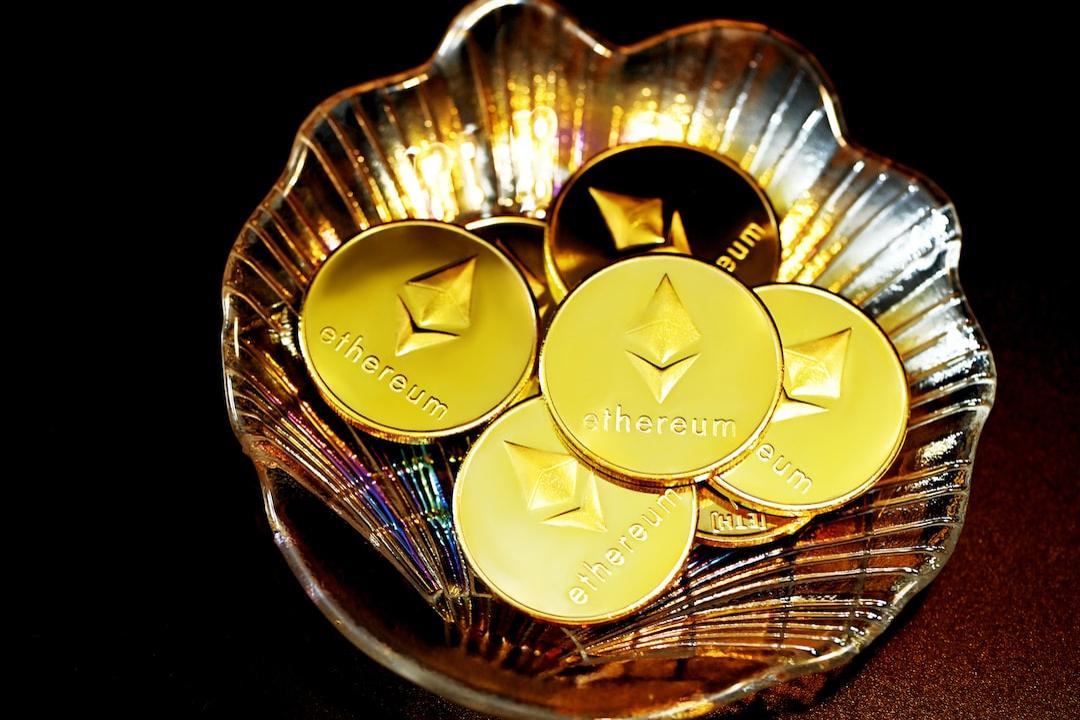
The Joint Dismissal and Its Implications
The joint dismissal follows months of negotiations between the SEC and Ripple. It officially ends the appeal process and leaves the earlier court ruling in place.
Judge Torres’ XRP Ruling Now Final
With the SEC Ripple appeal dismissed, the 2023 ruling from Judge Analisa Torres becomes final. The federal judge had delivered a split decision in July 2023.
She ruled that Ripple’s XRP sales to institutional investors violated securities laws. These XRP sales were considered unregistered securities. However, the court also found that XRP sales on public exchanges did not meet the legal definition of securities.
As part of the judgment, Ripple was ordered to pay a $125 million fine. This was far lower than the $2 billion originally requested by the SEC. Ripple later filed a cross-appeal in response to the agency’s challenge of the partial decision.
In April 2025, the two parties filed a motion to pause the appeal process. That move signaled that a final settlement was likely.
Ripple SEC Settlement Reached Before Final Filing
Ripple and the SEC reached a settlement agreement in May 2025. They asked Judge Torres to dissolve an injunction and lower the $125 million penalty. In June, Judge Torres denied the request. She stated that Ripple still had to follow U.S. securities laws regardless of the SEC’s policy changes.
The SEC Ripple lawsuit was originally filed under the Trump administration. Under Trump’s second term, the agency has pulled back on crypto enforcement. Several lawsuits against crypto companies have been dropped or scaled down.
Still, the XRP ruling by Judge Torres remains. The SEC did not comment further after the dismissal. Ripple has also not issued new statements beyond confirming the filing.
This marks the official end of the SEC Ripple case, with no further legal actions planned for the XRP ruling.
XRP Price Jumps After SEC Ripple Appeal Dismissal, Forms Bullish Flag Pattern
The news directly impacted the XRP to United States Dollar (XRPUSD) trading pair. XRP surged following the announcement, breaking out of a clear technical formation on the 4-hour chart.
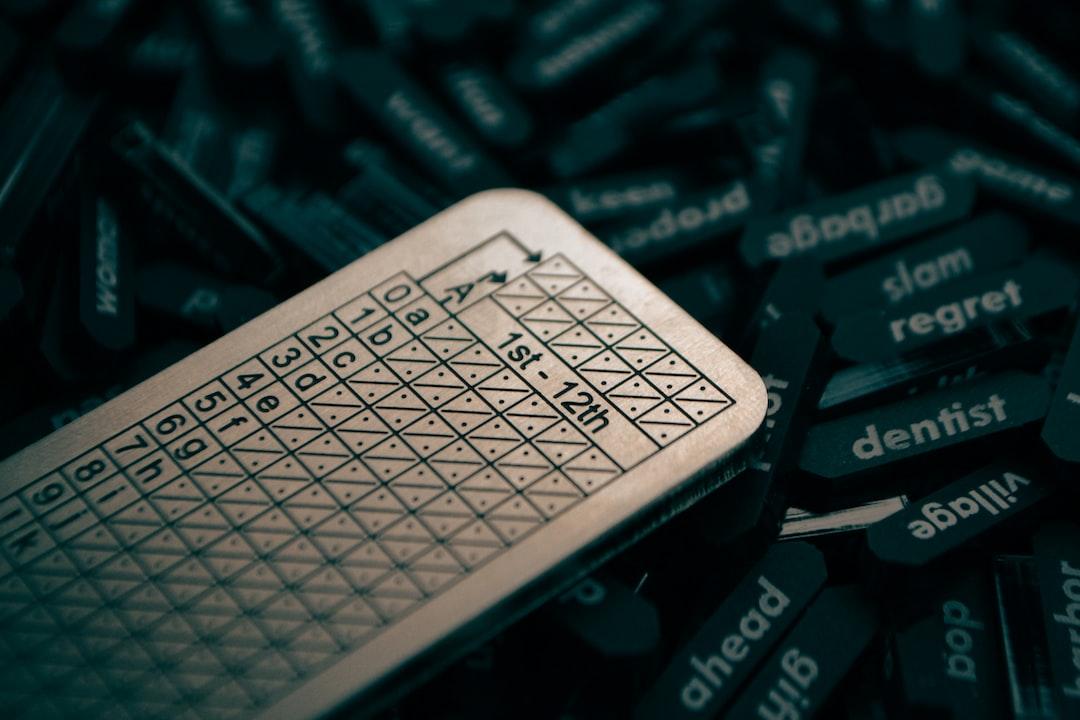
The XRPUSD chart shows that the price reacted quickly to the legal update. After the filing hit the public, XRP rose above $3.35 before pulling back slightly to around $3.31. The breakout followed a multi-week consolidation pattern that formed after the strong rally from mid-July.
That pattern was a bullish flag. A bullish flag forms after a sharp upward price move, followed by a downward sloping consolidation bounded by two parallel trendlines. This structure signals that the market temporarily pauses before continuing the previous uptrend.
XRP already moved more than 10 percent above the upper trendline of the bullish flag. Based on the height of the flagpole — the vertical distance of the initial sharp rise — the next target for XRP is around $4.87. This means the price may rise another 47 percent from the current level of $3.31.
Volume also increased during the breakout, confirming buyer activity. The 50-period exponential moving average (EMA), currently near $3.06, continues to slope upward. This supports the strength of the current trend.
XRP now trades above both the EMA and the top of the flag, indicating momentum remains with the bulls. The breakout pattern aligns with the legal resolution, which removed uncertainty and cleared the path for price continuation.
XRP RSI Hits Overbought Zone After SEC Ripple Case Ends
On August 8, 2025, Ripple Labs and the United States Securities and Exchange Commission (SEC) officially dismissed their appeals in the XRP lawsuit. The decision affected XRP’s price and momentum indicators, including the Relative Strength Index (RSI).
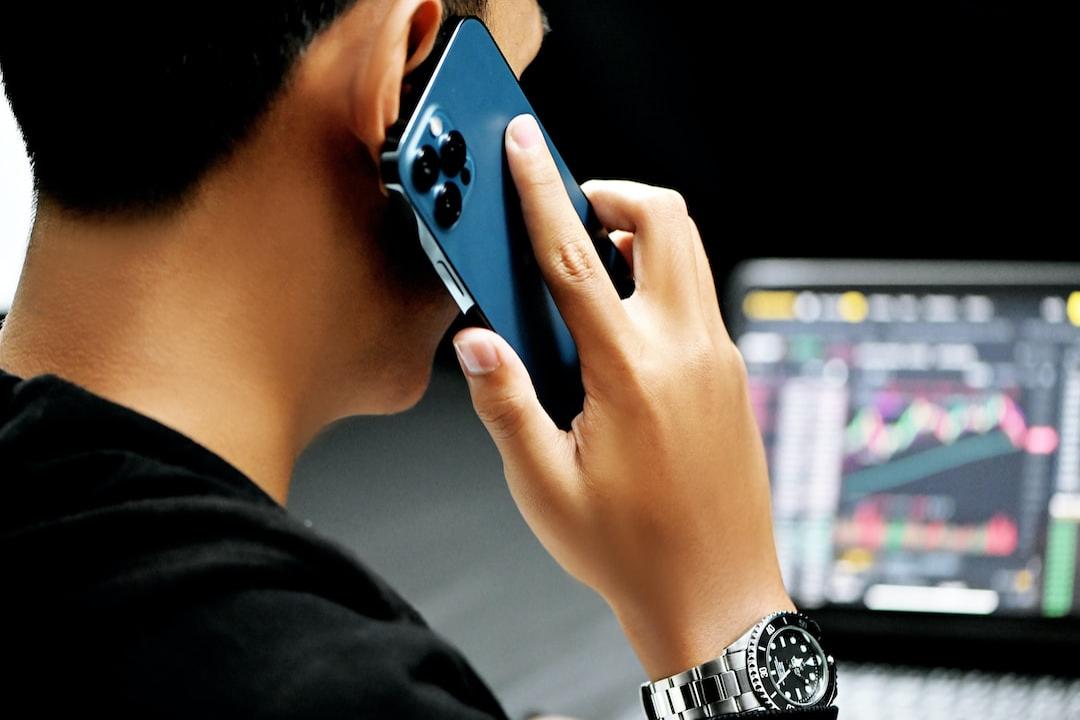
The RSI chart for XRPUSD, based on the 14-period close on a 4-hour timeframe, shows the indicator currently at 70.02. This level marks the traditional threshold for the overbought zone. When the RSI reaches or crosses 70, it signals that buyers have dominated the market, often after strong upward price movement.
The RSI surged from below 50 to over 70 in less than 48 hours, aligning with XRP’s breakout above the bullish flag pattern. This sharp RSI increase reflects the market’s immediate reaction to the legal update. It also indicates increased buying pressure after the uncertainty around XRP’s legal status ended.
The RSI also crossed its moving average, which stands at 58.60, confirming upward momentum. This crossover and the break above the 70 mark show short-term strength, although it may also signal potential consolidation if the buying pace slows.
The RSI’s current position supports the breakout seen on the price chart. However, any sharp reversal in volume or price could push RSI back under 70. Until then, XRP remains in a strong technical position.
XRP Spot Buying Surges on Korean Exchanges After Ripple Lawsuit Update
Analyst Dom (@traderview2) reported a sharp rise in XRP spot buying activity immediately after Ripple and the United States Securities and Exchange Commission (SEC) filed to dismiss their appeals. The chart, titled XRP Spot Cumulative Volume Delta (CVD), shows that Korean exchange Upbit led the buying with over 8 million XRP accumulated in under 20 minutes.
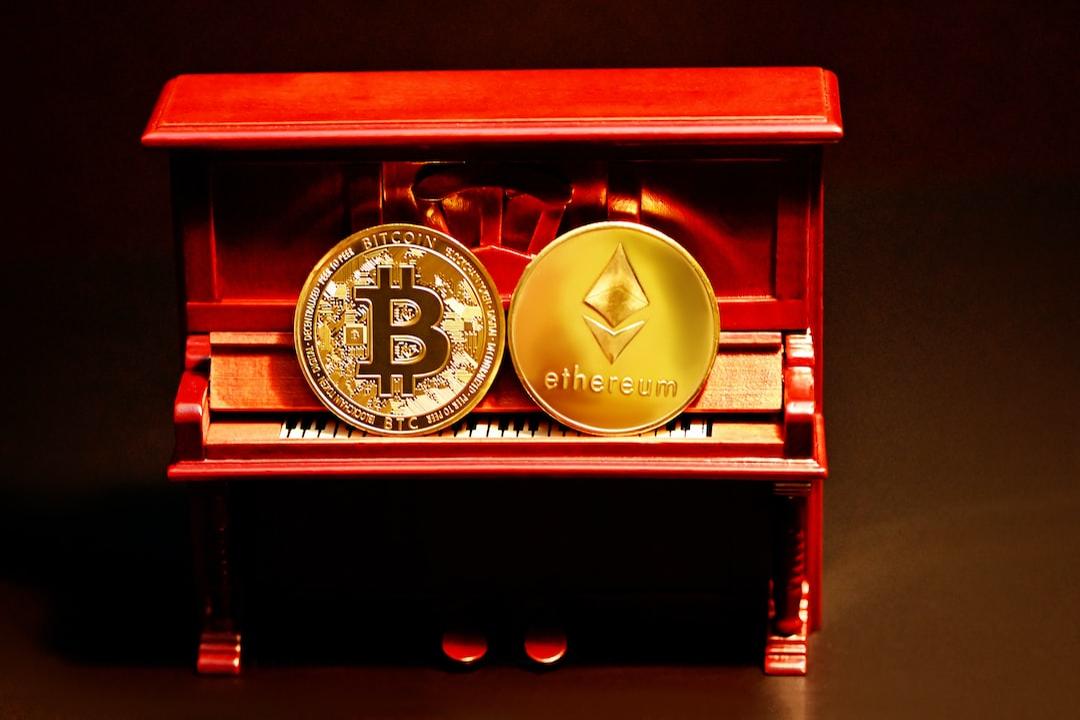
The CVD tracks net buying and selling across major exchanges. According to the chart, Upbit’s purple line spiked significantly after 17:15 UTC. The surge came just after the legal filing became public. Dom noted on X, “Koreans are bidding like crazy after the XRP Ripple lawsuit news, Binance is tailing behind.” He added that over 10 million XRP were bought net during this short window.
Other exchanges also showed rising spot buying activity. Binance, marked in green, recorded over 2 million XRP net bought. Bitstamp, Coinbase, and OKX also moved into positive territory. Meanwhile, Bybit remained negative during the same period.
The sharp CVD jump aligned with a visible increase in average spot price. The dark gray line tracking price moved up in sync with the rising Upbit and Binance CVDs, confirming that aggressive buying pressure supported the move.
Despite the sudden interest, Dom commented that such surges often lose strength quickly after the news impact fades. Still, the data confirms strong short-term demand, especially from Korean markets.
Buy and Sell Walls Appear on XLM Chart Ahead of Key Resistance
Analyst CW (@CW8900) reported on August 8, 2025, that a buy wall has formed just below the $0.459 level for Stellar (XLM), while a sell wall stands near the $0.495 mark. The 1-hour chart from Binance confirms the observation with visible volume spikes and price stalls at these levels.
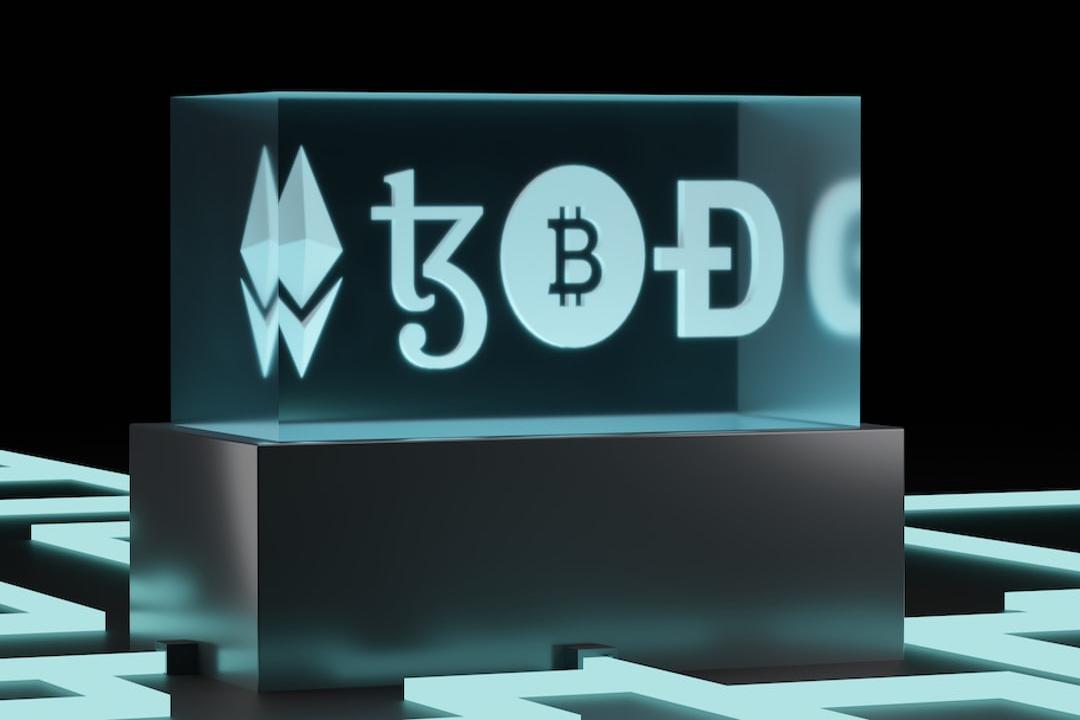
The chart shows that XLM surged sharply from around $0.39 to its current position near $0.459. Large buy volume accompanied the breakout, especially during the early hours of August 8. Green volume bars increased noticeably as XLM crossed resistance around $0.40 and again at $0.43.
Now, price trades just above a newly established support zone between $0.44 and $0.45. That area shows clear green shading on the chart, suggesting concentrated buying interest. Meanwhile, the red zone between $0.49 and $0.50 represents potential resistance where previous activity shows larger sellers waiting.
This positioning of volume zones reflects what CW noted—buyers are active at lower levels while sellers have begun to place orders just before the $0.50 level. These walls can slow momentum or trigger reversals, depending on whether large orders get absorbed or defended.

